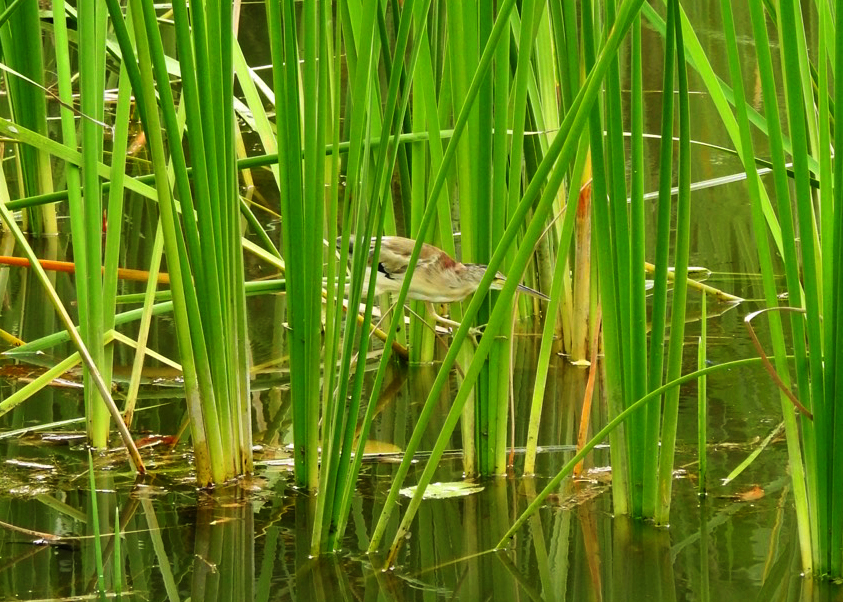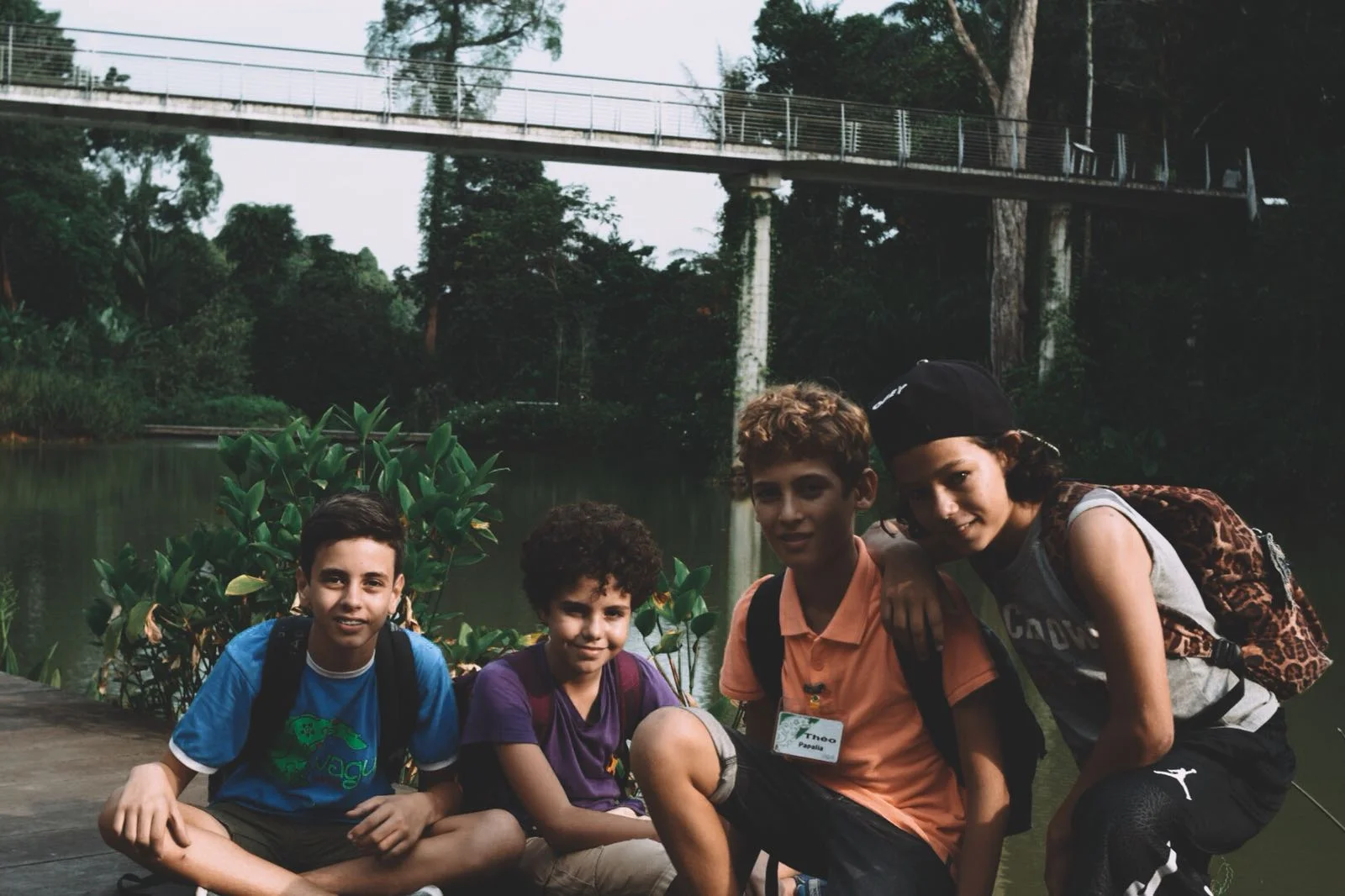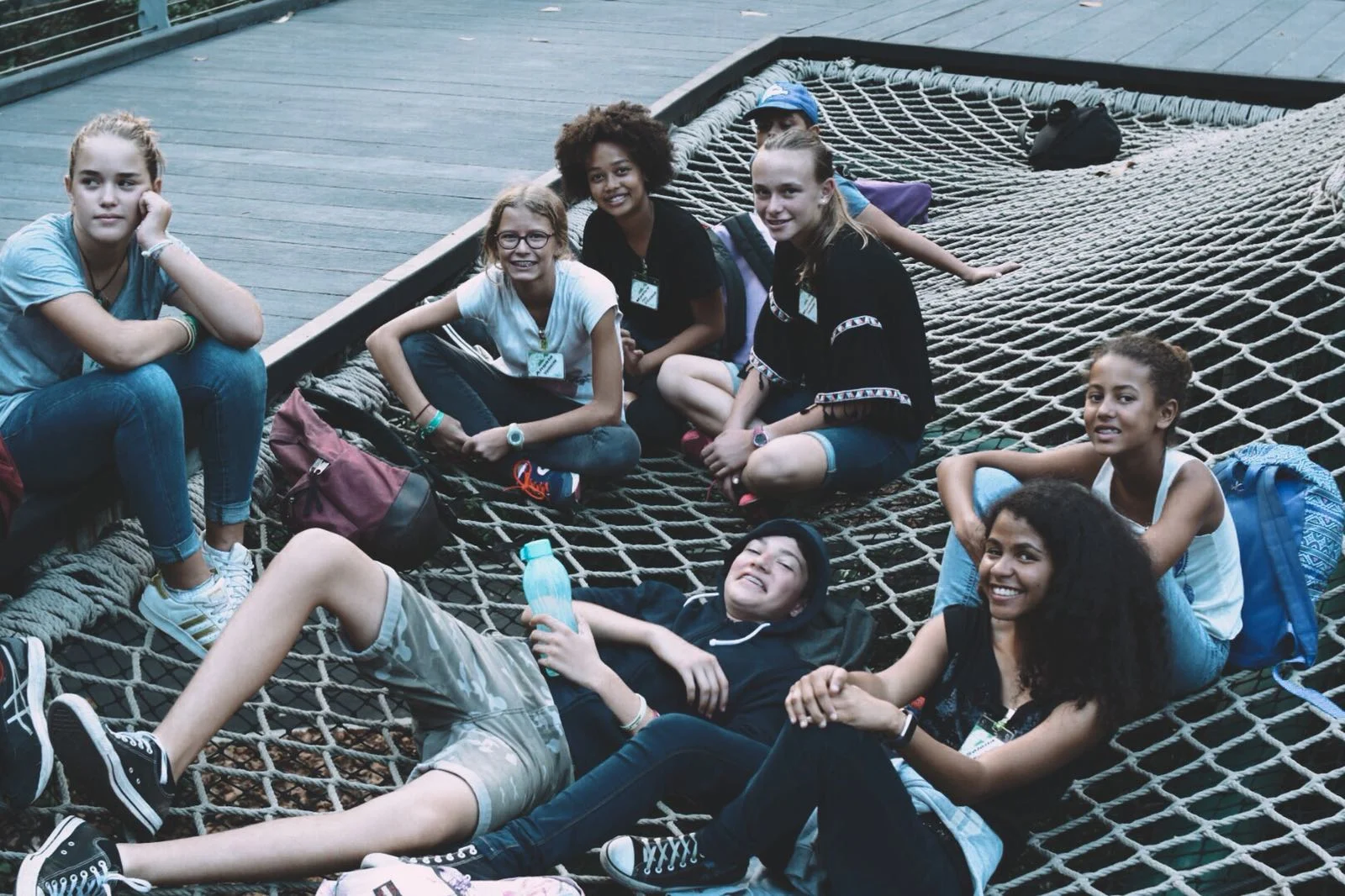On March 21st 2018 we gave a technical tour of the Learning Forest at Singapore Botanic Gardens to a school group from the College les Aigrettes, Reunion island (La Réunion) who are visiting Singapore on an educational and cultural tour. The group of 17 students aged from 11- 16 years have worked wonders to transform their own School environment as part of their ‘Vague Verte’ (Green Wave) project under the guidance of their teacher, Sophie Auzeine.
The Vague Verte Project
Over a period of 5 years, in their own spare time, the students carried out improvements to the existing sparse open areas of the school by embarking on a major planting programme to transform them into a series of lush, vibrant, shady, usable, landscape spaces.
They researched their subject well before embarking on their planting works by measuring areas, calculating material requirements, and selecting plant species suitable for the site conditions. They planted a total of 191No. trees, including about 127No. native tree species, as well as 1000’s shrubs and flowering plants and as a result the planting has not only improved the aesthetics and microclimate of the school with a beautiful landscape, but has also greatly increased the biodiversity of the area.
The students are rightly proud of their achievements in transforming their school, and as part of a reward for their efforts, they received sponsorship to partially fund their educational and cultural enrichment tour to Singapore to learn about sustainable development, ecology, and biodiversity in our internationally recognised ‘City in a Garden’.
At the Learning Forest
High on the Elevated Walkway above the Wetlands lake
We met them, hot and tired, in the late afternoon after they had already had a long day, but still managed to ask some of the most technical and interesting questions we have encountered with regards to the project.
The Bambusetum area at the Learning Forest
Keppel Discovery Wetlands at the Learning Forest
Upper Wetlands - Learning Forest at Singapore Botanic Gardens
Botanists' Boardwalk in the Keppel Discovery Wetlands in the Learning Forest
The students had many questions regarding the sourcing of plants for the Learning Forest, the basis of the selection of plants, and the mitigation of any issues that arose as part of the works.
Plant species were selected to fulfill the requirements of the collections which are often based on natural habitat/ecological groupings such as the Pulai Marsh, or to showcase particular attributes of interest, as in the case of the Bark of Trees collection.
An early Sketch Plan of the Theme areas with a few example species over original plant cluster plan.
As part of the framework planting at the Learning Forest over 1130 trees, comprising of over 200 tree species, were planted introducing 104 new tree species to the existing 113 tree species already found on site in the baseline study. In addition to this, Singapore Botanic Gardens have planted a great many more tree species to further expand this framework planting into the fully themed plant collections such as the Bark of Trees, Durian Theory, Products of the Forest, Wild Relatives of Fruit and Nut Trees, Swamp Forest, and the Walk of Giants.
Botanists' Boardwalk at the Learning Forest
View towards the Elevated Walkway
The project also involved transplanting 263 trees, 35 bamboos, as well as shrubs and other plants from within the site area, other areas of the Botanic Gardens, and other locations around Singapore where they were affected by development and would have otherwise be felled.
Question time while relaxing at the Canopy Web
Once again I was embarrassed by my hopeless French (as my French Touch Rugby team can attest!) and so my thanks go to Nicolas Auzeine for the difficult task of translating what were often long technical explanations.
Sophie Auzieine presented me with a Heritiera littoralis seed pod (Keeled-Pod Mangrove) and a Dunite stone from La Réunion
Group photo on the Canopy Web at the SPH Walk of Giants - Photo by Nicolas
A quick swap over of photographers! - Photo by Syah
We enjoyed showing the students around the Learning Forest in Singapore Botanic Gardens and wish them all the best in their future Green Wave projects.
More about the Learning Forest here






















